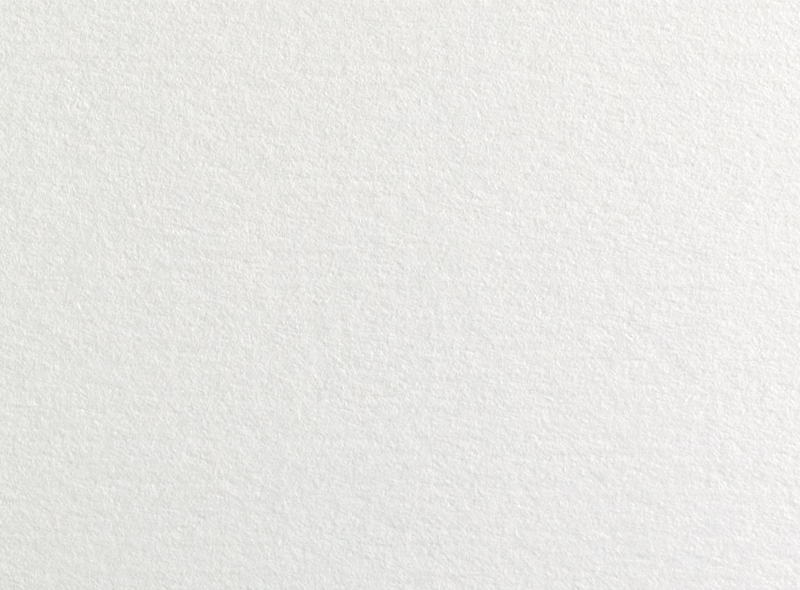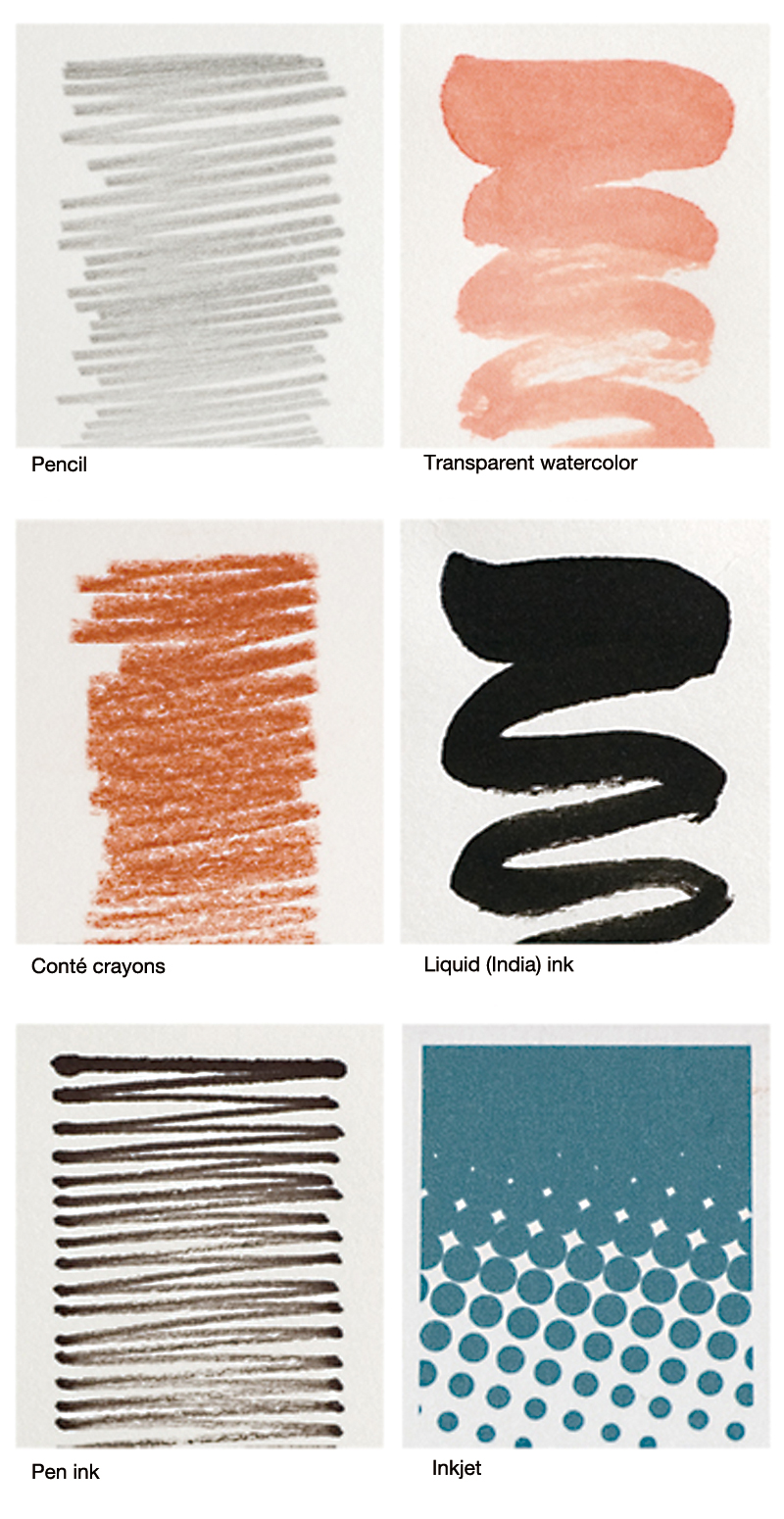Blotting Paper
吸取紙
Suitorigami
CATEGORIES
Blotting paper is highly water absorbent because it has not been sized (treated to prevent ink from smudging) whatsoever. When printing with copper plates and woodblocks (mainly using water-based ink), the paper needs to be moistened first but if the paper contains too much moisture, it can be reduced with blotting paper.
The basic method for using blotting paper is to take several sheets of blotting paper with a different type of smooth paper on the very top. Immediately before printing, sandwich the wet paper between the layers of blotting paper and then apply pressure over the top with a baren, or by hand, to remove excess moisture. (The reason for having a smooth piece of paper on the top is to ensure that the baren or the hand slides smoothly so that the blotting paper is not damaged.) With a large piece of work, you can also make a ball of cloth about the size of a volley ball and use that to wipe off the moisture. Because blotting paper would soak up a lot of water, care should be taken not to remove too much moisture. Besides removing excess water, blotting paper can also be used to add moisture to a piece of paper by placing the paper in between sheets of wet blotting paper. In both these processes, other types of absorbent paper can also be used as an alternative to blotting paper.
Although it is difficult to tell which side of the blotting paper is the front and which is the back, the side with a slightly rough surface is the front and the smoother side is the back. In principle, it should be used with the front side facing the damp surface but there is no need to worry too much about which side to use.
After use, blotting paper should be left to dry. In a wet state, it becomes less water absorbent and this could also cause it to become moldy. Used correctly, it can be used over and over again.
Blotting paper can be purchased at any specialist store that handles printing supplies.
* The example (photo) is of a test sample to demonstrate the properties of the paper and the possible expressions. It is not a recommendation of any particularly type of material. (Materials that are not generally suitable are also used to demonstrate.)

 Blotting paper (close-up)
Blotting paper (close-up)- Examples of strokes on blotting paper

